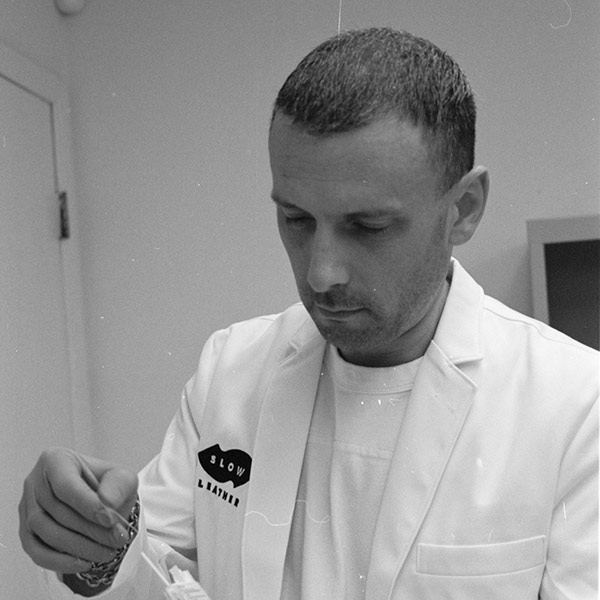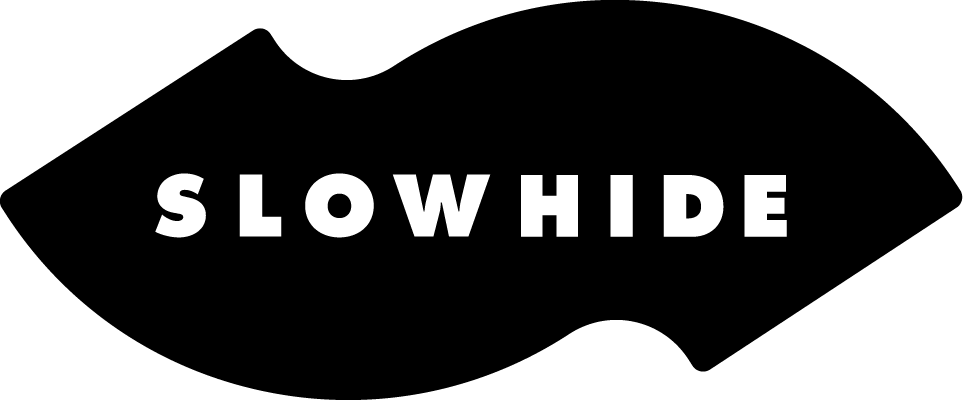The Land That Owns Itself
by Colin Vernon
1. Tell us about the land that owns itself, what does that mean?
Land development is the most destructive human activity — whether for fossil fuels or mining, industrial agriculture, manufacturing or housing, developing land with the sole focus to extract profit hurts us all. Conservation initiatives as we know them have been fraught with environmental racism or eco-facism. By creating a structure of true collective governance, empowered by the latest blockchain technologies, The Land that Owns Itself is a truly new and unique model for collective care of land, for the good of all.
- Collective land ownership as a rematriation of land away from extractive capitalism
- Own a part of the land
- Participate in its preservation, restoration and positive use
- Direct new initiatives for land to protect
- Equity-based tokenomics that encourage Indigenous ownership of land
- Seamless onboarding experience that allows the non-crypto literate to participate immediately with credit card checkout
- Physical keepsakes that contain NFC to unlock wallets and physical access to the land
- Visit and have a direct relationship with the land
- Vote on the care and sustainable use of the land
- Decide where to create new Parks
2. What is the opposite of both exploitative “development” and exclusionary “conservation”? Is there a model for collective ownership, stewardship and benefit that does not involve exploitation of land or people?
That is exactly what we are aiming to create. We see from New York to Beirut to Canada to Hawai’i, the interests that purchase, build on and extract value from land, in cities, mountains, plains and coastlines, are almost always met with a persistent and for the most part futile cry of protest.
In Hawai’i in particular, the influx of foreign [including American] influence to purchase land and use for exploitative purposes is a major hotbed issue. If economic development was done with respect for land and people, it might be ok. But rarely do foreigners improve the lives of the people whose land they are coming to exploit. Resorts with exorbitant rates use massive amounts of water while locals have rationing rules in place; subdivisions of mansions block access to the beach and ocean; colonial plantations deplete the soil with monocrops or lay dormant yet inaccessible to the general public.
What tools do we have at our disposal? A simple refusal isn’t enough to counter the economic incentives for purchasing, “developing” and exploiting or simply re-selling land as a simple asset. We believe that land has an intrinsic value that is beyond simple economic exploitation as an asset. We believe there is a way to counter and take back the land for use by the people. Who are “the people”? Both concerned foreigners and Hawai’ians can participate in this project of collective ownership and liberation.
3. What is the problem with the models of conservation that already exist, are already in use?
There are a few models for “conservation”, all of which are colonial at heart. National Parks have a history, now becoming more widely accepted, of expelling all Indigenous people from huge areas of land that were previously Indigenous lands, and “saving” them in the name of conservation. Paternalism is the other model we’ve seen, from The North Face founder Douglas Thompkins, fast fashion mogul Anders Polvsen — both have garnered much controversy and opposition from local people who have an ancestral connection to lands. “When saving the planet relies not on law or policy but on the whims of idiosyncratic multimillionaires, we all have to live with their flaws.”
4. Why web3? Why DAO?
Land has only recently in human history, and in certain violent patriarchal cultures, become thought of as something to own, dominate and extract from, and there is a long history of collectively stewarded land-based projects: e.g. all of Turtle Island before colonization, the Commons in New England culture, Philly land trusts. These models all share a common interest in maintaining a shared resource for common good — but now we are in a new era. For long-term, sustainable anti-colonial projects, we will use the most advanced tools of today’s technology to Create as best we can, merged with the most visionary social and environmental justice frameworks,
This is not an NFT. There are tokens, which represent your stake and participation in the Land that Owns Itself. This will allow voting on managing the land, and access to it in defined ways. In short, a DAO allows a disparate community of owners to be transparent and completely collaborative in ways not previously possible. The DAO also allows a really nice mechanism to track & automate business and financial aspects.
It is the simple governance framework for complex, distributed organizations and communities. To design, fund, administer and operate the scale of projects that we take on, we require next-gen tools for collaboration. Only in this way can we remain sustainable and positive for the environment and our communities.

Colin Vernon




